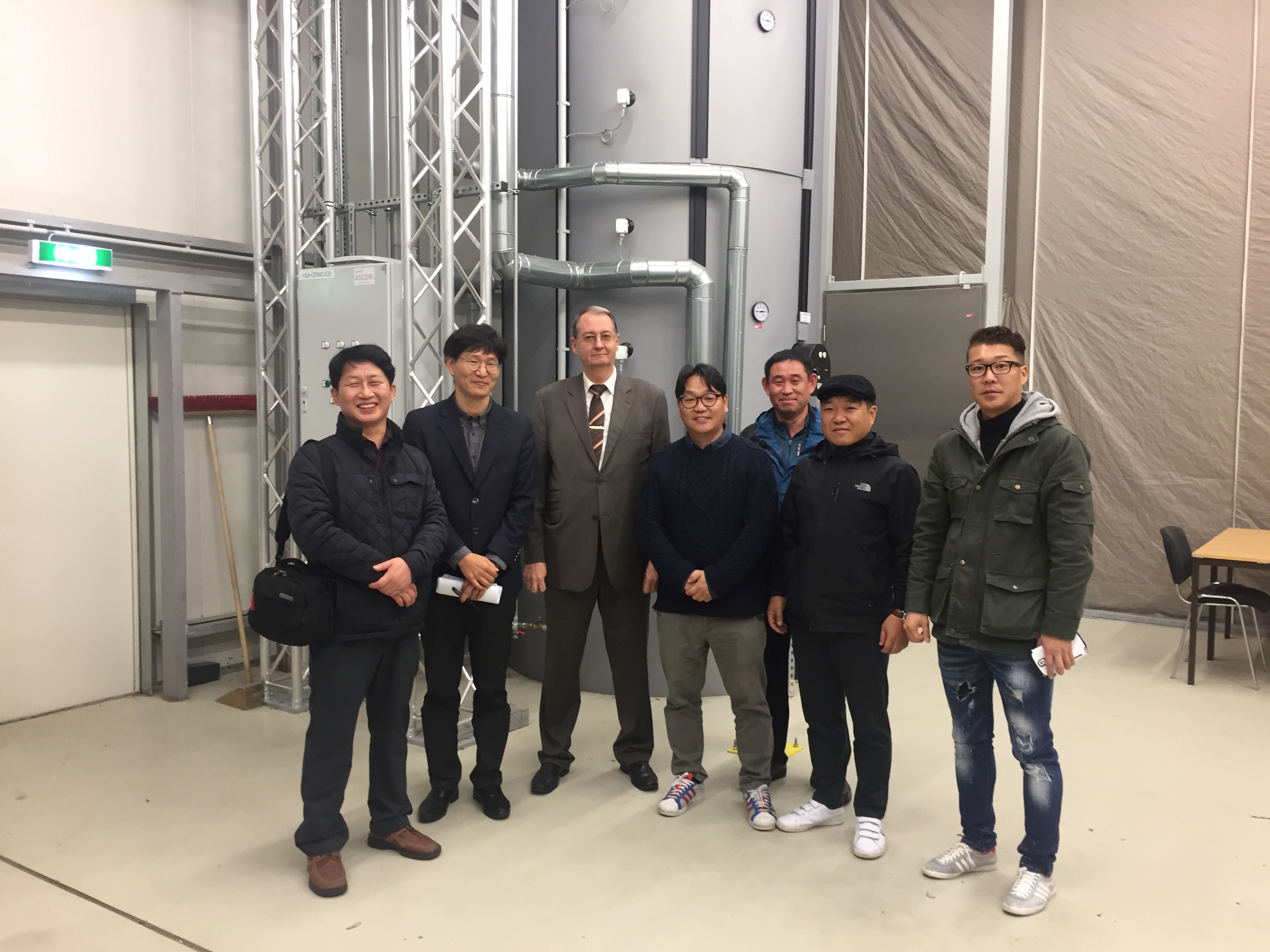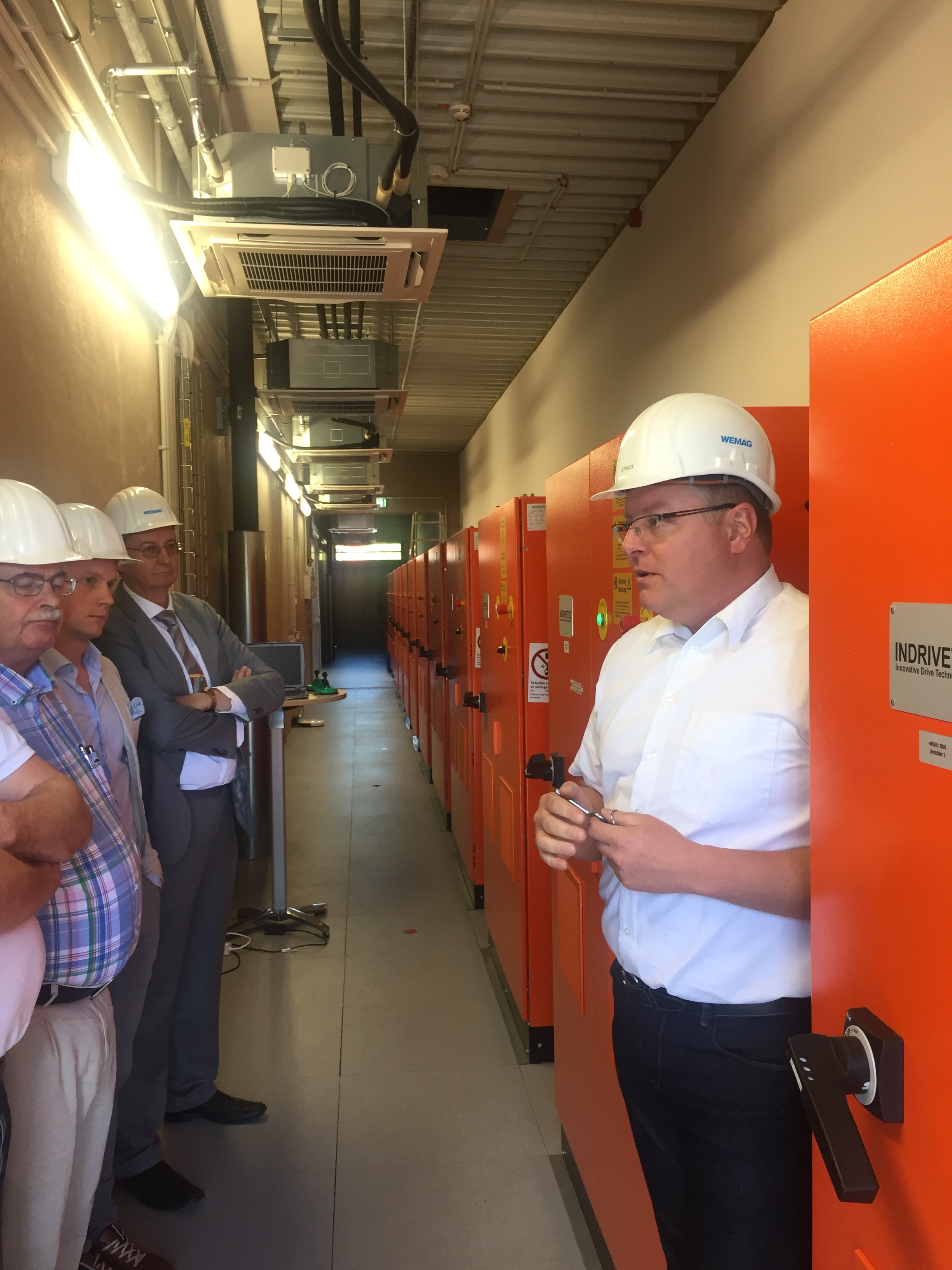Team

Prof. Dr.-Ing Harald Schwarz
Chair Holder & Project Leader
T: 0355/ 69-4502
E: harald.schwarz@b-tu.de


M.A. Khrystyna Shakhmatova
Stakeholder-Dialogue & Results Transfer in AP3
T: 0355 / 69-4044
E: shakhmatova@b-tu.de


SCR 2.0 is undertaken at the Chair of Energy Distribution and High Voltage Engineering at the Brandenburg University of Applied Science Cottbus-Senftenberg. The project is mainly supported by the staff of the chair, especially by Dipl.-Ing. Dirk Lehmann, Dr.-Ing. Klaus Pfeiffer, Dipl.-Ing. (FH) Lothar Kleinod and Dipl.-Ing. (FH) Holger Häusler.
Media
Smart Grid Tour
This tour of our 'Test Field Smart Energy Grids' offers detailed information concerning each smart grid component. (PDF)
Publications
Article in an international journal "Frontiers of Energy" February 2017

































